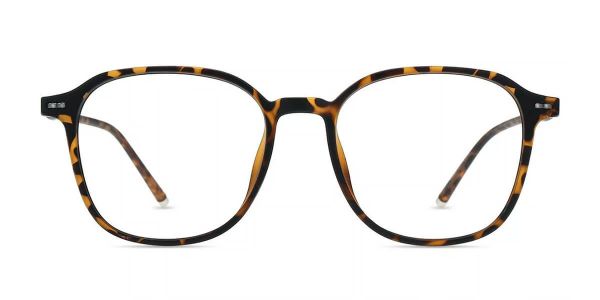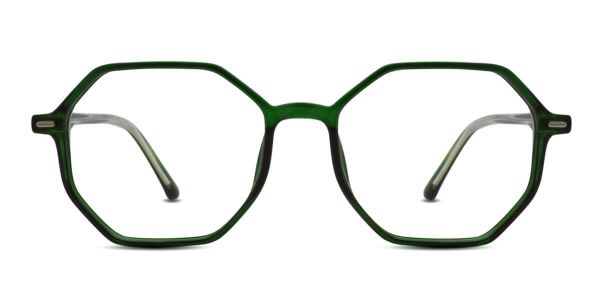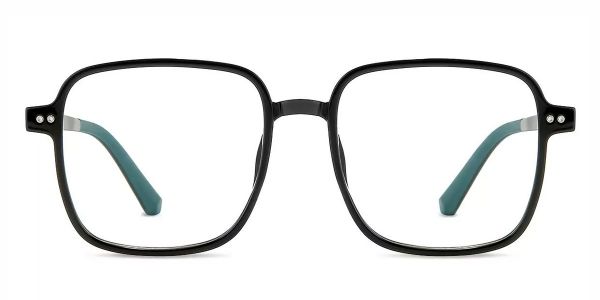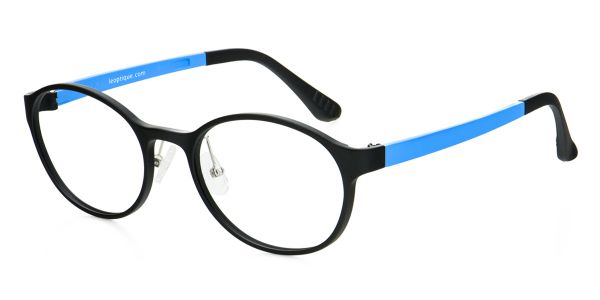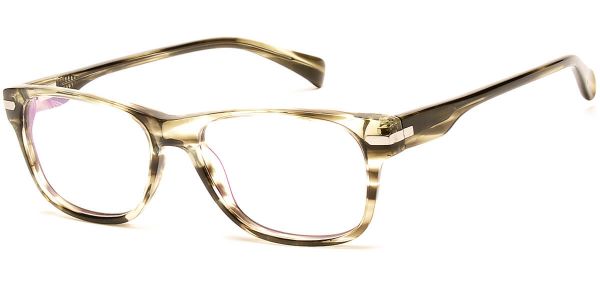
As a family of myopia, whether you wear frame glasses or contact lenses, you need to go to a professional optical shop or hospital for regular optometry, and then use the data on the optometry list to match the glasses. However, many people now get the optometry list. The two monks of Zhang Er couldn’t figure out what was wrong with the professional data above. What exactly do these numbers represent? What do you think of various optometry? Don't worry, today Xiaobian will teach you how to see all kinds of optometry.
First, let's understand what the letters on the optometry list mean:
Abbreviation and full name
R (Right) or OD Right eye
L (Left) or OS left eye
If the left and right eye diopter is different, please pay attention to distinguish
S(Sphere) spherical mirror myopia or farsightedness
C(Cylinder) cylinder mirror degree of astigmatism
A(Axis) Axial position Direction of astigmatism
VA (Vision) Vision The clarity of the object
PD(R), PD(L) distance between the center point of the left and right eye pupils to the center of the nose bridge
PD(R L) The distance between two points in the center of the left and right eye pupils, and the PD on the optometry list indicates the distance between the eyes.
AUTO: Automatic computer automatic optometry (as a prerequisite for comprehensive optometry, preliminary determination of the degree of the human eye)
SUB: Subjective comprehensive optometry is subjective examination (check the eyes, fundus, degree, and the prescription prescription after the DISP is empty)
DISP: Optic prescription after Dispense (final determination of the number of glasses that the human eye needs to wear)
ADD: Add light. In the optometry process, you must first check the diopter required to look far, that is, the distance. Then check out the required diopter, which is the near-degree. The absolute value of the difference between the two degrees, that is, the lower addition of light, also known as ADD (ADD is the main parameter of the progressive multifocal lens, single lens does not need to consider)




